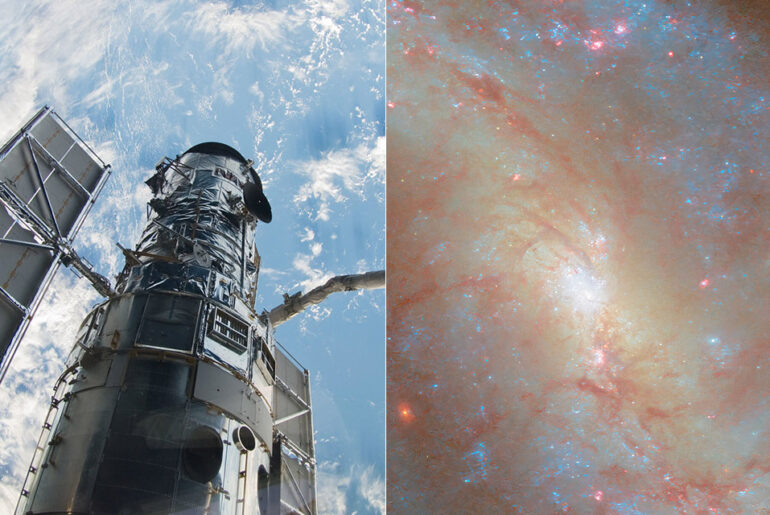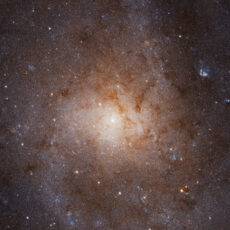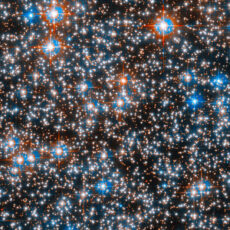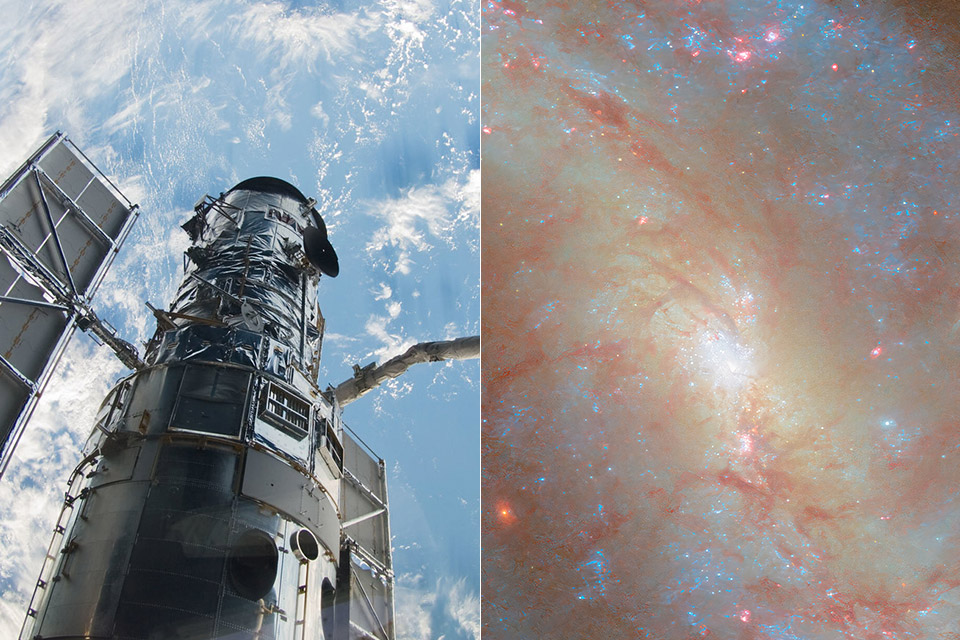
NGC 7496, a spiral galaxy in the constellation Grus located about 24 million light years away, has recently been imaged in high detail by the Hubble Space Telescope. This latest image reveals what it looks like to view a galaxy that is a true hub of activity, with blazing groupings of stars and nebulae cradling the entire star birth and death process.
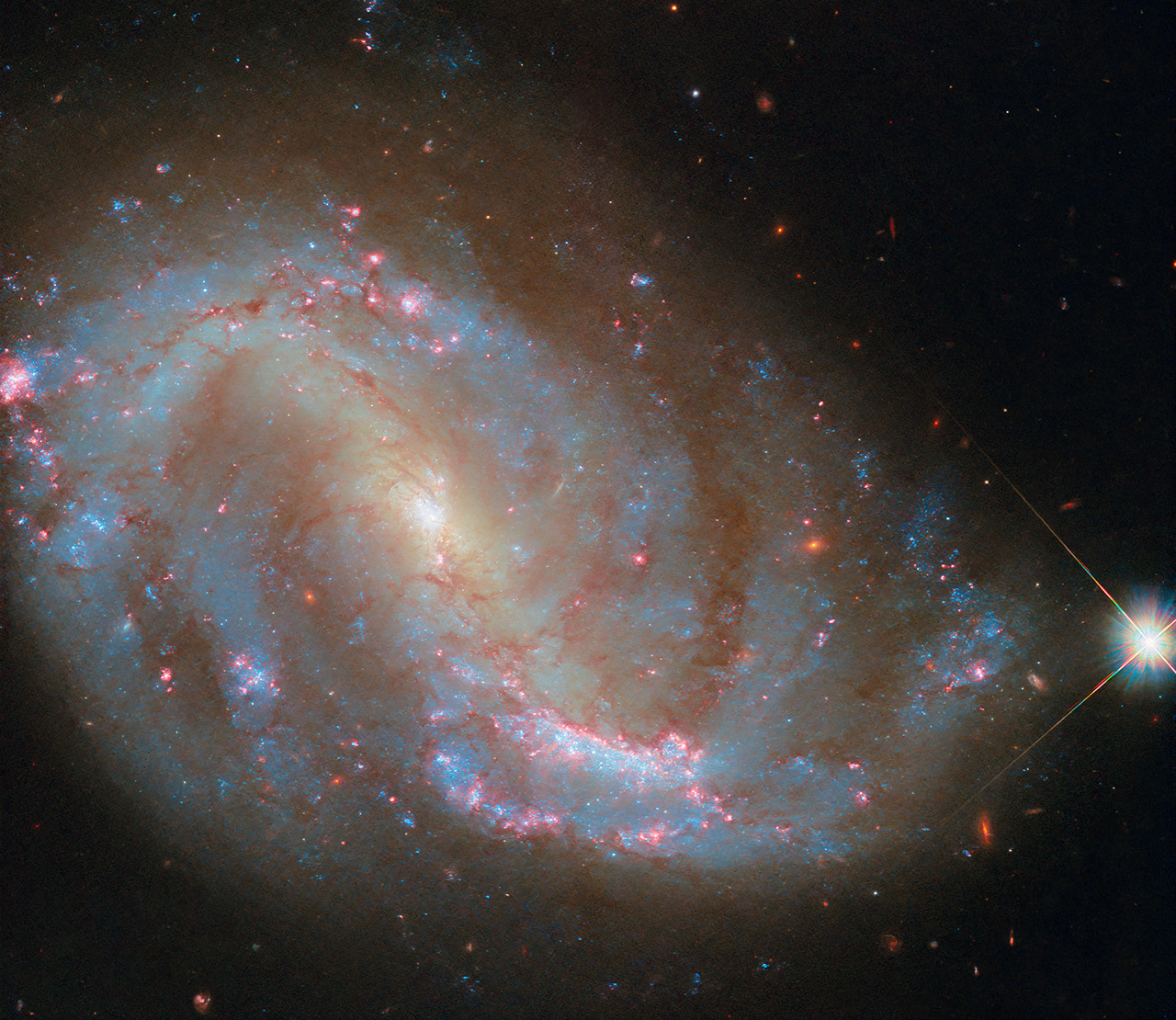
NGC 7496’s core is a very bright point, with a yellowish bar of starlight in the center. Spiral arms extend from this bar, and the galaxy wraps around in a spiral, as if it is reaching for something on the opposite side. There are pink nebulae sprinkled throughout the arms, which are where new stars are born one at a time in bursts of creation. There’s also this dark reddish dust that threads its way through, it’s like a cosmic loom producing this rich tapestry, and then to the right there is a star from our own Milky Way that’s just shining away, a reminder of how large the universe is, but how it’s still all connected.
- Superior Optics: 400mm(f/5.7) focal length and 70mm aperture, fully coated optics glass lens with high transmission coatings creates stunning images...
- Magnification: Come with two replaceable eyepieces and one 3x Barlow lens.3x Barlow lens trebles the magnifying power of each eyepiece. 5x24 finder...
- Wireless Remote: This refractor telescope includes one smart phone adapter and one Wireless camera remote to explore the nature of the world easily...
Astronomers have long been attracted by NGC 7496; it’s not simply the way it looks, but also the mysteries it holds. This galaxy has an active galactic nucleus, a supermassive black hole that is simply sucking up gas. That black hole isn’t just sitting there twiddling its thumbs; it’s creating its mark on the galaxy, shaping the entire story, from new stars to the dust that blocks its light.
Scientists have been looking at it from every perspective, from radio to UV, trying to figure out what we can learn from it – and there have been a lot of scientists eager to get on this one, such as those from the Physics at High Angular Resolution in Nearby Galaxies (PHANGS) program, which includes heavyweights like the James Webb Space Telescope and the Atacama Large Millimeter/submillimeter Array. It was the first galaxy Webb observed with its infrared vision, and the Hubble Space Telescope has also contributed, allowing them to see the ages and masses of those young star clusters being blasted with high energy.
Hubble’s most recent image builds on one taken in 2022, and it is a stunner, using new data that allows us to see the galaxy’s star clusters and those gorgeous glowing hydrogen clouds in a whole new light. These clouds tell two distinct stories: some are remnants of enormous stars that exploded as supernovae, while others are nurseries where brand young stars are just beginning to emerge. It’s very trippy; the interplay of light and dust in this photo is simply mesmerizing, with multiple wavelengths capturing the galaxy in the midst of a cosmic dance.
The constellation Grus, which houses NGC 7496, is named after a bird famed for its elegance and precision: the crane. And that’s exactly how this galaxy appears, albeit with a wild side. If you want to find it, look for it in the night sky at 23 hours, 9 minutes, and 48.19 seconds of right ascension and minus 43 degrees, 25 minutes, and 20.81 seconds of declination. It’s a bit of a hidden gem for stargazers, but believe us when we say it’s worth the hunt.

